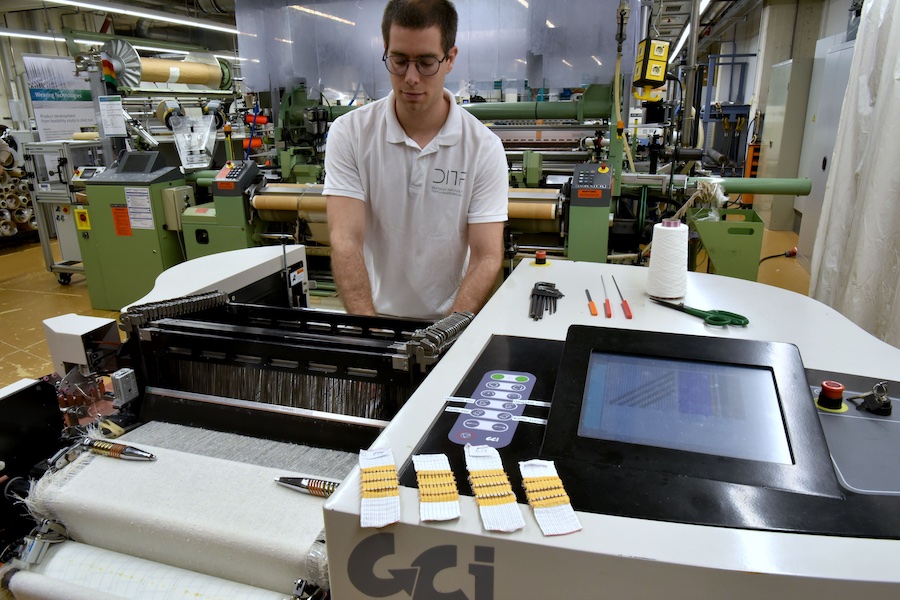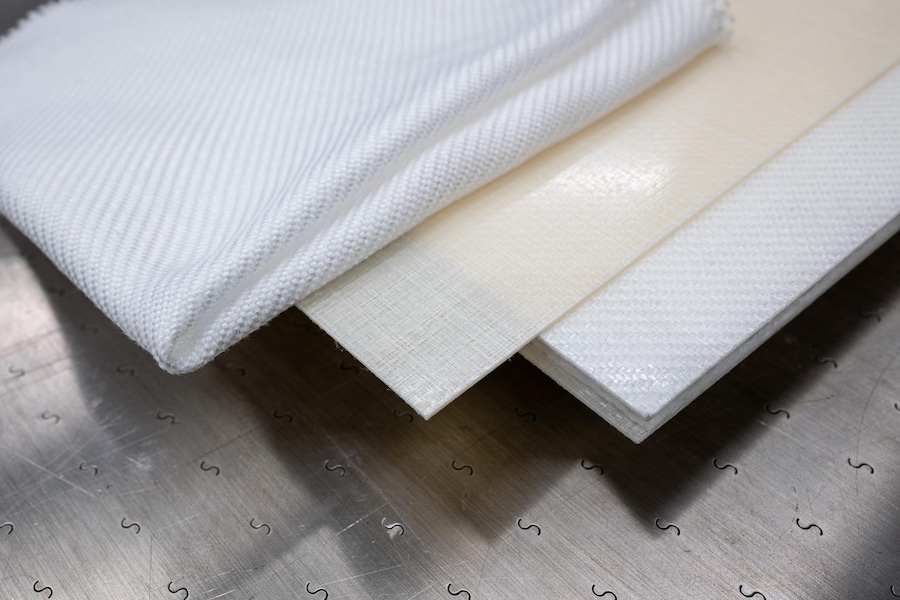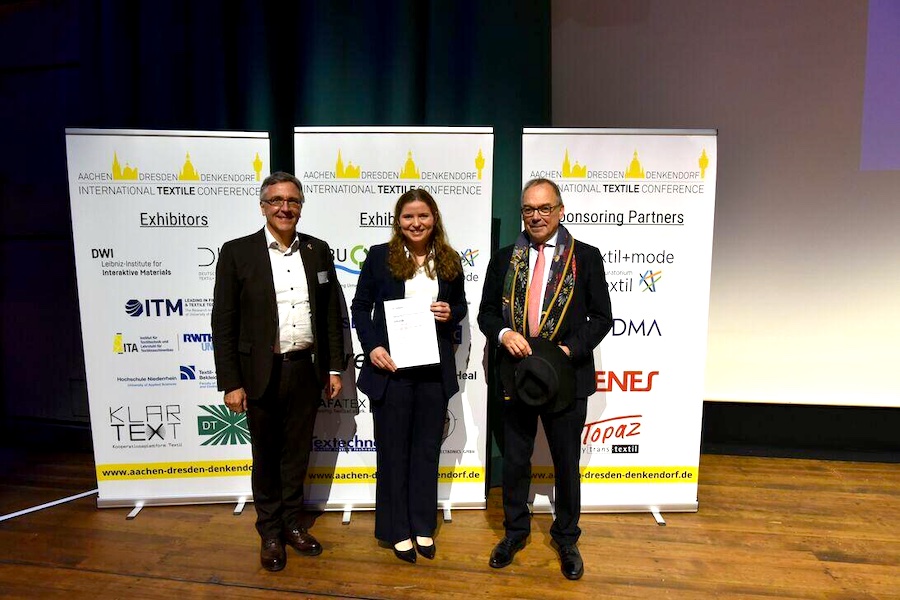#Research & Development
"Keeping an eye on processes"
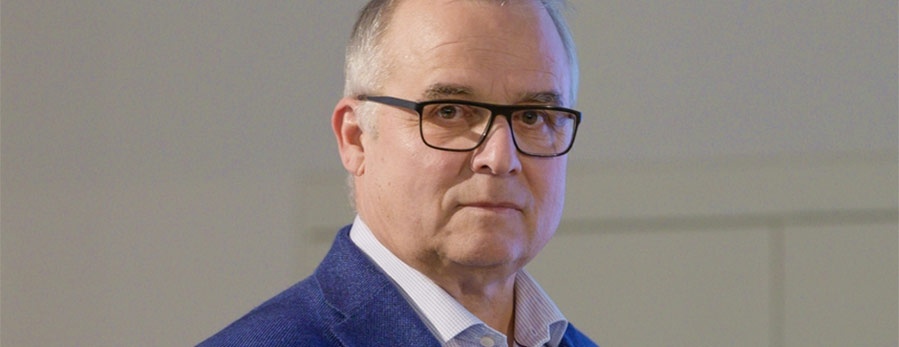
What does the buzzword Advanced Manufacturing actually mean? What is so new about it?
Today, modern materials science involves more than just the development of materials. As long as the novel material cannot be processed, it has no technological significance. Empa is conducting research on a number of novel materials that can hardly or not at all be processed using well-known standard processes. Hence, we devote a great deal of attention to developing and refining manufacturing processes and processing methods – and in this respect we have achieved quite a lot in recent years.
How did this all begin?
Originally, nanomaterials triggered this thought in me. When you hear the keyword "nano", it quickly becomes clear that there simply aren't any processing machines there yet, and also that industry can't build on existing knowledge and simply further develop established processes in this area. So we had to look at process technology even then and show ways of generating added value with the help of these new materials. The second trigger was digitalization and the question of how to make the most of the possibilities of digitalization in manufacturing.
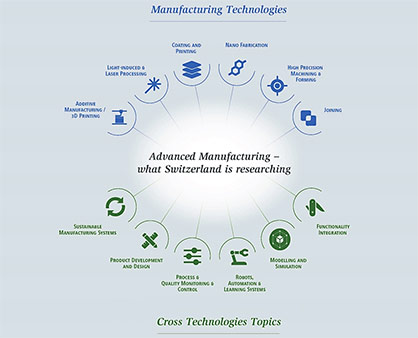
Do you mean automation for mass production?
No. I'm not thinking primarily about optimizing supply chains and manufacturing processes, but really about optimizing the product and its quality. There is an illustrative example from coating technology: We use plasmas for the deposition of hard coatings. Thanks to modern power electronics, we can now use pulse modulation to control the composition of the reactive particles, i.e. ions and radicals in the plasma, and thus directly influence the composition and structure of the coated layer, i.e. its physical properties. Compared to conventional plasmas, the coating process is virtually digitized by pulse modulation. This opens up completely new possibilities for optimizing the coating properties. This then begs the question: How do I find the right solution in this vast jungle of possibilities? We can't leave the product engineers out in the cold here – we need scientists who understand these processes from the bottom up. And in the age of digitalization, in-depth understanding means: I have to be capable of simulating the deposition process on the computer. Only in this way is it possible to compile a kind of book of recipes that suggests the right parameters to process engineers, with which they can achieve optimum results.
So digitalization alone is still no help?
No. Many people think that I now have lots of data and a neural network, and I'll just let it calculate until a suitable solution will pop up. But you can't take it that easy. That would just be trial-and-error with a little help from digital tools. To fully exploit the potential of digitalization, you have to physically understand the manufacturing processes much better, at a level where you can simulate them. Simulation can then be used to quickly and reliably determine the optimal process parameters. However, we are still a long way from achieving this, as it requires highly complex multiscale modeling that is computationally very intensive.
What is so special about AM?
The manufacturing processes we are talking about are additive processes. This means, material synthesis and production of the final product are combined in an integral manufacturing process. This, of course, increases complexity and poses completely new challenges for quality management, since the material quality of the product must now be ensured in addition to dimensional accuracy. A very clear-cut example is 3D metal printing. The material properties of the geometrically complex workpieces that can be produced by 3D printing processes are not isotropic, in other words uniform in all spatial directions. This is due to the sequential build-up process of 3D printing and the way the laser is guided. Various laser parameters such as laser power or scan speed can be used to influence the melting and recrystallization process, which in turn affects the properties of the material. In short, mastering 3D printing as a manufacturing process requires a in-depth understanding of materials and processes. Knowledge that is not available even in larger companies. And SMEs quickly reach their limits in this respect. You can clearly see the need for close cooperation between research and industry – in order to establish these new technologies on the market and thus give Swiss companies an innovative edge.
How will AM technologies play out in everyday life?
That's a tricky question. Perhaps the best way is to look at the trends and needs of industrial production. These are, on the one hand, individualization – customized products – and, as we have experienced in the last two years, improved resilience in production. This can be solved by high agility and short supply chains, and this is exactly what AM enables. What's more, AM has the potential to significantly change the production landscape by replacing centralized mass production with decentralized small-scale production – a huge opportunity for Switzerland as a production site.
What is Empa's role in the introduction of these technologies?
In addition to researching and developing new materials optimized for manufacturing technology, we also have research projects aimed at making technologies suitable for everyday use in industry. That is, to develop and provide the necessary tools to ensure robust, reliable use of the technology. As already mentioned, we develop simulation software to quickly and reliably determine optimal process parameters, but also to train and improve process understanding. Moreover, we develop measurement systems for monitoring production processes in real time. The development of such complex systems requires close cooperation between specialists from numerous fields. This is a great strength that we can exploit here at Empa, but also a strength of the entire ETH Domain.







